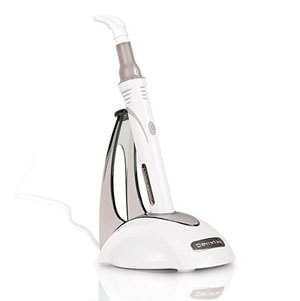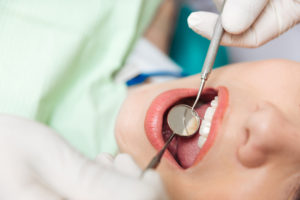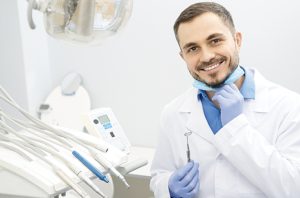Dental x-rays can be used for both preventive and diagnostic procedures. In preventive dentistry, x-ray allow dentists to view the individual teeth, roots, sockets, surrounding tissue, and jawbone. Cracks, cavities, or other abnormalities in the teeth can be identified at an early stage. Diagnostic x-rays can be used to check the extent of any tooth decay, problems with jawbones, and the condition of teeth that have not yet erupted, such as wisdom teeth.
Are x-rays safe?
Dental x-rays are safe. The dosage emitted by a dental x-ray machine is very low, only equivalent to the radiation that you would be exposed to in a few days outdoors. According to the NHS, the chance of getting cancer from dental x-rays is less than 1 in 1,000,000 chance of getting cancer from dental x-rays. Dental x-rays are typically taken only once a year, or when there is a need, so the risk of radiation exposure is very low.
Types of dental x-rays
There are several different types of dental x-rays that can be used to capture different areas of the mouth:
- Periapical x-rays: Periapical x-rays capture the entire tooth, from the crown to the root. These x-rays are used to check for any changes in the root and surrounding jawbone.
- Bitewing x-rays: Bitewings are used to check a specific area of the mouth. Each x-ray shows the visible part of the tooth and half of the root. These x-rays are often used to detect tooth decay, especially in between teeth.
- Full mouth x-rays: These are a series of bitewing and periapical x-rays used to view the health of the mouth. These x-rays are often taken when the dentist suspects a tumor or a cyst in the jaw. The dentist can also request them when there is a significant amount of dental work to be completed.
- Panoramic x-rays: A panoramic x-ray is a single x-ray that captures the entire mouth. These x-rays show all of the teeth in one image. Panoramic x-rays may be used to check the position of wisdom teeth.
- Occlusal x-ray: This type of x-rays shows the development of the entire arch of the lower and upper jaw. These x-rays are most requested by pediatric dentists to check for teeth that have not broken through the gums.
















